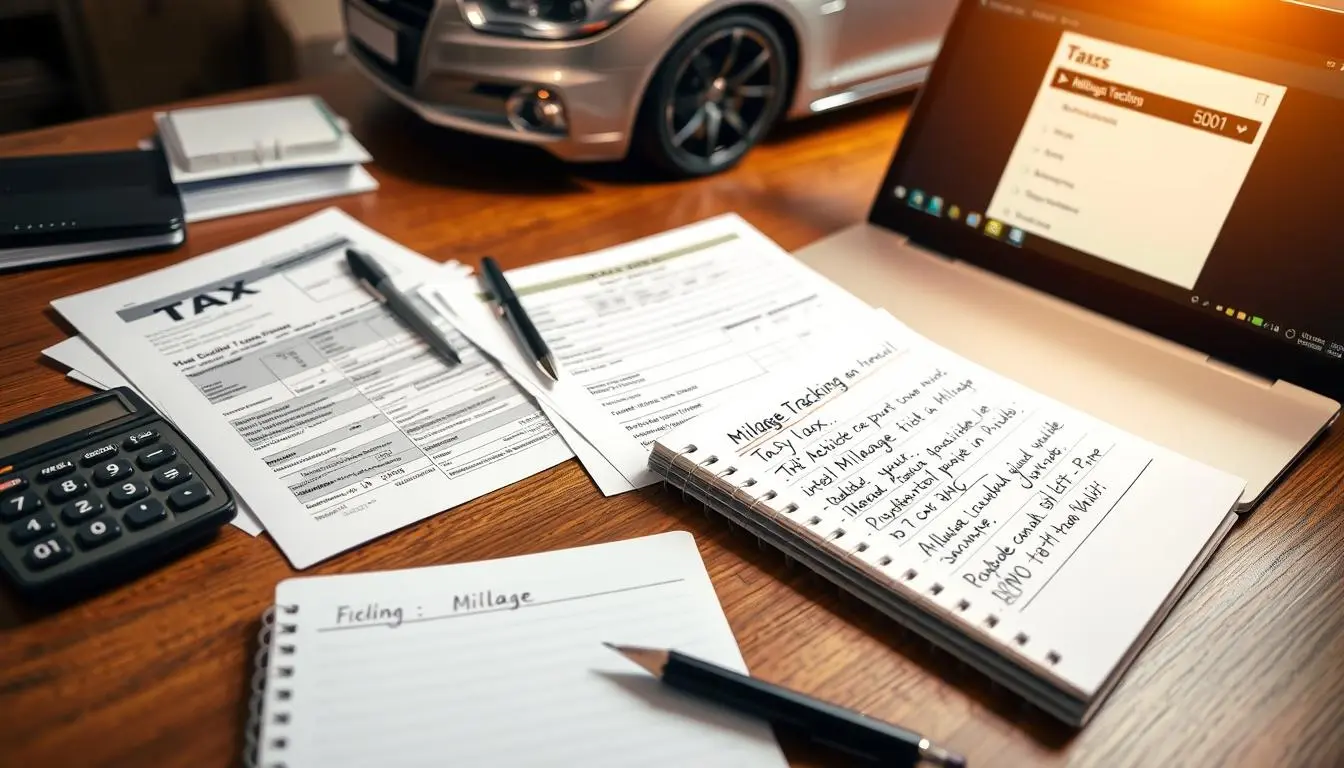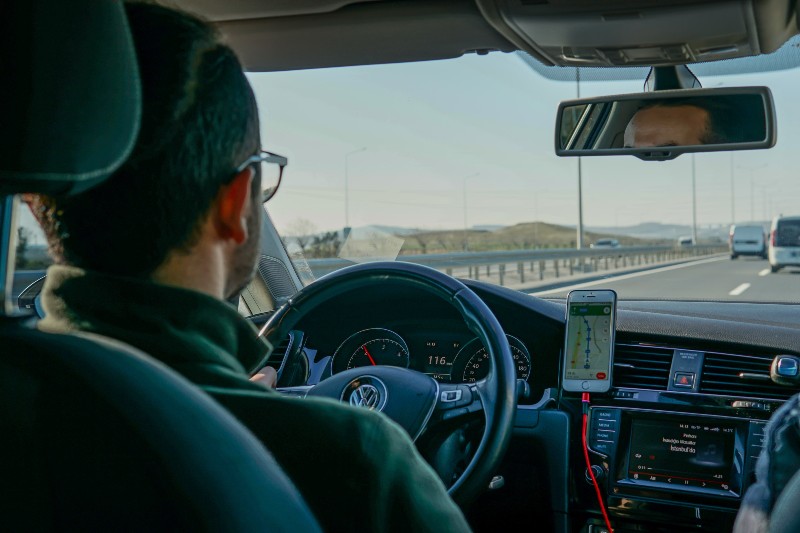Last updated on June 10, 2022
Any mileage driven with a vehicle for Business purposes is eligible for either Mileage Deduction or Mileage Reimbursement. Business Mileage Deduction can be claimed if a taxpayer uses a vehicle for Business purposes. Mileage Reimbursement is when an employer compensates an employee for the work-related miles they drive with their vehicle. Depending on the status of their employment (Self-Employed vs. Employee) taxpayers might be eligible either for a Business Mileage Deduction or a Mileage Reimbursement from their Employer.
Mileage Deduction or Reimbursement can be based on two methods. The first one is called the Standard Mileage Rate that is issued by the IRS every year. In the first half of 2022, this rate is 58.5 cents / Business miles, while in the second half of the year this number is 62.5 cents per mile. If a taxpayer drives an average of 15,000 Business Miles a year that can be multiplied by 2022’s average rate (60.5 cents), resulting in a 9,075 USD deduction or reimbursement / tax year.
15,000 miles x 60.5 cents = $9,075
The second method is the Actual Expense Method, where taxpayers need to keep track of all their actual expenses including gasoline purchases, oil and maintenance expenses, interest expenses on the vehicle loan or, lease payments for the tax year, annual depreciation of the vehicle, registration fees, insurance, repairs, tolls, tires, garage rent, parking fees. Using this method Mileage Tax Deduction or Reimbursement can be higher but it requires more rigorous record-keeping habits.
The ratio of your Business and Personal trips is very important when claiming your Tax Deduction or Reimbursement as both of those can only be claimed after Business miles. With a little care, you can legally increase the Business use of your car and thus the amount of money you can receive.
The higher the ratio of your Business trips, the more you will be able to get reimbursed for or deduct from your business-related car expenses. In order to support the declared ratio, it should be clearly stated in your mileage log whether the trip is for Business or Personal purposes. Reporting a 50% Business Use compared to reporting an 80-90-100% Business Use can result in a difference of 6,000 USD / Year!
After reading that, you are sure to ask yourself: how can you increase your Business use ratio legally.
Here are 4 good practices to incorporate into your daily habits:
- Going to work counts as a personal trip, but it can turn into a Business trip if your home is your main place of Business: your Headquarters or one of your branches!
As the IRS states: “If you have an office in your home that qualifies as a principal place of business, you can deduct your daily transportation costs between your home and another work location in the same trade or business.”
In our experience, commuting to work accounts for more than 20% of Business car use, and in fact, there are many cases where it is over 40%. If you are one of them, you might want to think about declaring your place of residence as your regular place of Business. I’m sure sometimes you do office work at home anyway. The following cases are quite common: Small Business Owners working from home, Small Business Owners / Entrepreneurs working both from home and an office, or Freelancers having no regular place of Business, operating usually from their homes.
- If your home can by no means be your Headquarters or branch, it is worth changing your customer visiting habits. To be able to deduct your commute as a Business expense, make your first and last stop of your day your closest customers/suppliers/Business clients that you can link a Business trip purpose. This way you can drastically reduce the ratio of your personal trips – plus, you will save a lot of time too!
- If commuting to work can be counted as a Business trip in your case, taking your child to kindergarten or school, your spouse to work, or just stopping by your favorite place for a coffee/breakfast is not a detour at all. You don’t need to record these stops because you haven’t even made an extra yard worth of detour for them!
- If you go shopping with your vehicle for yourself and your family, combine it with Business shopping and you’ll be eligible for calling it a Business trip!
To once again quote the IRS: “You can account for several uses of your car that can be considered part of a single-use, such as a round trip or uninterrupted business use, with a single record. Minimal personal use, such as a stop for lunch on the way between two business stops, isn’t an interruption of business use.” (See Pub. 463, Page 26, Chapter 6)
With a little care, you can easily organize your shopping trips. This not only improves the ratio of your Business and Personal trips but also saves you time and energy.
Apply our tips and deduct more AND real Business miles!
With MileageWise the administration will be a piece of cake.
Download MileageWise’s automatic mileage tracker app from Google Play or the App Store & try it for free for 14 days. No credit card required!
This blog post does not constitute professional advice and is not a substitute for consulting your accountant / auditor / tax advisor!









